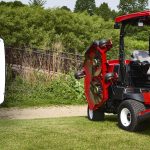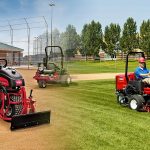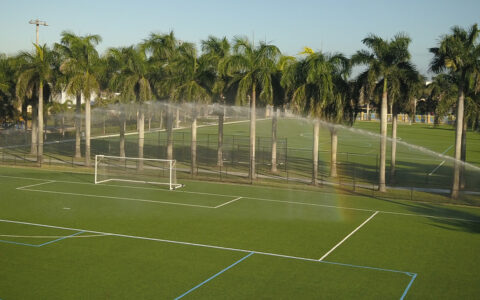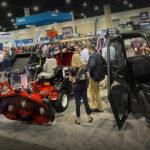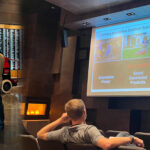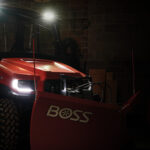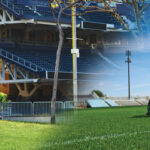When you’re buying equipment, it’s important to consider the big picture. The choices you make now not only affect your initial investment, but also the cost of ownership for the life of that product. One way to keep that cost down is to determine which products offer the most value and standardize your fleet by choosing the same brands and types of products. But for tax-supported entities like municipalities, counties and schools, it’s not as simple as going out and buying exactly what you need.
That’s where cooperative and state contracts can help.
In fact, if you have a long-term plan to move toward standardization of your equipment fleet, contracts are a good place to start. Once you choose the equipment that meets your specs and delivers the best value for your organization, research to see if there is an existing state contract or cooperative contract that could be utilized to fulfill your purchasing requirements. There may already be a contract in place that has been competitively bid for the products or services you are seeking. These contracts will save you time and effort, reduce the cycle time of procuring products and allow you to achieve your long-term equipment fleet goals.
Why standardize?
There are several good reasons to build your fleet with the same brands and types of machines. By standardizing your equipment, you can:
- Reduce your parts inventory. With fewer brands and models of equipment, you won’t have to stock as many service parts to support them — or possibly even as many specialized tools.
- Gain service efficiencies. When technicians consistently work on the same or similar machines, they know exactly how to maintain them and troubleshoot issues. That translates to faster repairs with fewer mistakes.
- Increase operator safety. With a standard fleet, operators learn how to use the equipment with confidence because they know what to expect. They know how to use the controls, read the gauges and handle different conditions, instead of having to remember the ins and outs of different brands as they switch from machine to machine.
- Reduce training time and costs. You’ll save training time by not having to educate operators and service technicians on multiple brands.
- Increase reliability. When you find a brand that performs reliably and is supported consistently, you generally know what to expect from your future purchases of that brand — as well as what service levels you will receive to support it. If you’re constantly buying different brands, you risk inconsistency in product and service levels, which could vary by brand.
Talk to your procurement professional and discuss whether standardizing your equipment fleet makes sense for your organization — or at least for portions of your fleet. If your plans include Toro equipment, visit www.torogov.com for some helpful resources.



